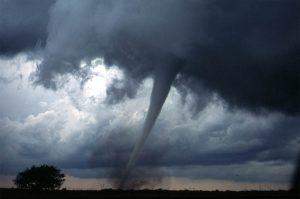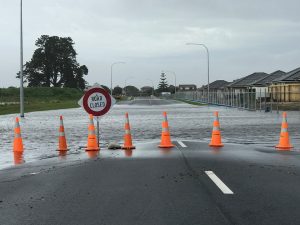 Courtesy of iii.org
Courtesy of iii.org
Before you consider renting out your home, your guest room—or even your couch—first contact your insurance professional so you fully understand the financial risks and can take the proper precautions. Here’s some general information to jumpstart your insurance conversation.
If you are considering renting out your home, your guest room or even your couch your first step should be to contact your insurance professional. Peer-to-peer home sharing opportunities such as Airbnb can be a great way to bring in extra money and are increasingly popular; however, they can also leave you financially vulnerable. If your renter starts a fire and damages your property or is hurt while renting your home, will you be protected?
Peer-to-peer home rental
Peer-to-peer home sharing opportunities such as Airbnb are increasingly popular and can be a great way to bring in extra money. However, they can also leave you financially vulnerable. If your renter starts a fire and damages your property or is hurt while renting your home, will you be protected?
Standard homeowners and renters insurance policies are designed for personal risks, not commercial risks. Some insurers now offer a home-sharing liability insurance policy that can be purchased on a month-to-month basis, but there may be exclusions and limitations, so read the policy carefully. If you plan to rent out all or part of your home on a regular basis, many companies will consider this a business use and you may need to purchase a business policy—specifically either a hotel or a bed-and-breakfast policy.
If you are doing the renting
If you are the one using a peer-to-peer network to rent a space from someone else, check your own homeowners or renters insurance policy. In most cases, if your personal possessions are stolen or damaged off-premises, you can simply file a claim with your own insurer. And if you accidentally injure someone, you should also be financially protected.
Occasional home rental
There may be times when a major event in an area—the Super Bowl, say, or a graduation at a major university—depletes local hotel space. In these cases, it’s fairly common for people to rent out their home or part of it for the extra cash it brings in.
Many insurance companies take this situation into account when creating a homeowners or renters policy and, with sufficient advance notice, will extend your coverage to the renter on a one-time basis. Other insurance companies may require the purchase of an endorsement to the policy to provide broader coverage for the renters in your home.
In both cases, be sure to let your insurance company know ahead of time, so you can be prepared.



